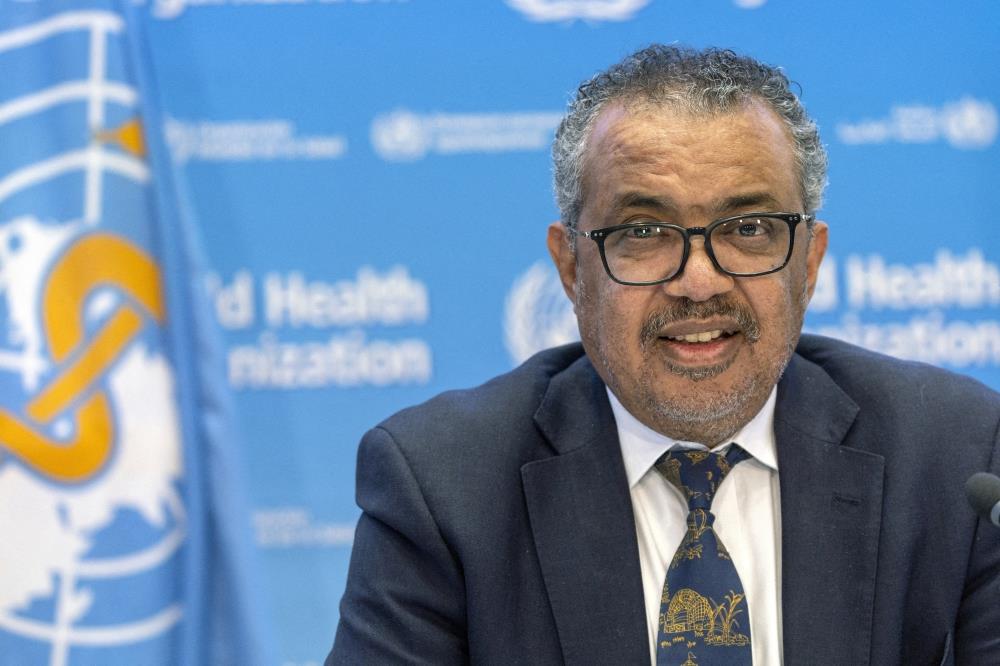
WHO Issues Guidance For Managing Diabetes During Pregnancy
Geneva: The World Health Organization (WHO) issued today its first global guidelines for managing diabetes during pregnancy, a condition that affects roughly one in every six pregnancies, or about 21 million women annually.
These guidelines establish a unified global standard for caring for pregnant women with diabetes, emphasizing individualized care, blood sugar control, regular monitoring and glucose testing, specialized medical treatment, and multidisciplinary care.
The guidelines were released in conjunction with World Diabetes Day 2025. This year's theme recognizes that every person living with diabetes should have access to integrated care, supportive environments, and policies that promote health, dignity, and self-management.
The new guidelines provide an essential roadmap for confronting this growing health challenge and preventing serious complications that may affect women and their children.
Director-General of the World Health Organization, Dr. Tedros Adhanom Ghebreyesus said that WHO has long issued guidance on diabetes and pregnancy, but this is the first time it has released a defined standard of care for managing diabetes during pregnancy.
He added that the guidelines are grounded in the realities of women's lives and their health needs, and that they outline clear, evidence-based strategies for delivering high-quality care to every woman everywhere.
The guidelines include 27 core recommendations, with a focus on individualized care, optimal monitoring, personalized treatment, and specialized support.
The release of these guidelines represents a pivotal step in improving maternal health and combating noncommunicable diseases. They also highlight the importance of integrating diabetes care into routine prenatal services and ensuring equitable access to essential medications and technologies.
It is worth noting that diabetes is one of the fastest-growing health challenges of the modern era, affecting more than 800 million people worldwide. It is a leading cause of heart disease, kidney failure, blindness, and lower-limb amputation. Its impact extends across generations and health systems. Over recent decades, its prevalence has risen significantly in low and middle-income countries, where access to healthcare and essential medications remains limited.

Legal Disclaimer:
MENAFN provides the
information “as is” without warranty of any kind. We do not accept
any responsibility or liability for the accuracy, content, images,
videos, licenses, completeness, legality, or reliability of the information
contained in this article. If you have any complaints or copyright
issues related to this article, kindly contact the provider above.

















Comments
No comment